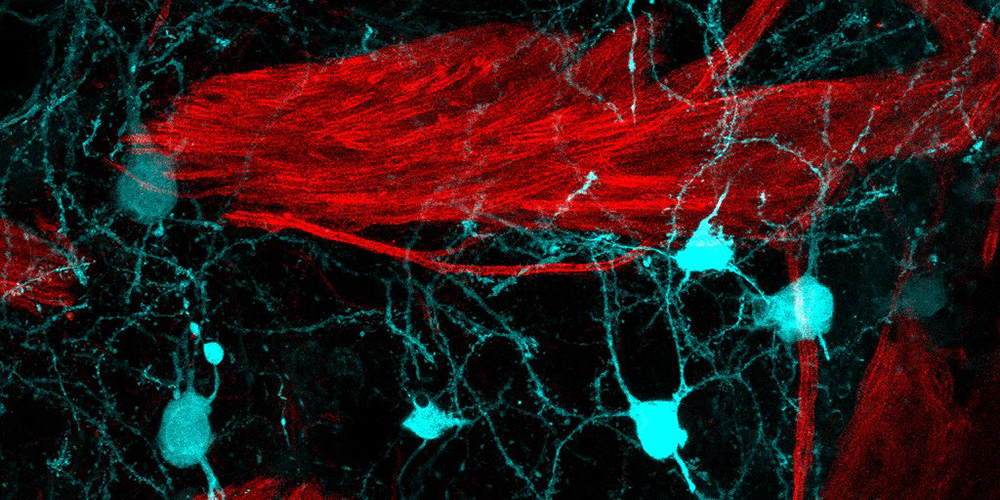New platform makes Namibia Archive available online
The Dammann collection is one of the most extensive collections of languages and oral literatures of Namibia. To raise awareness of this unique archive and make it more visible to the Namibian public, students and faculty members of the University of Basel developed the online platform “Namibia 1953–54.”
19 October 2020
Songs, fables, diary entries and photographs: the collection consists of over 750 images and audio documents. It was created in the 1950s by Africanist scholar and theologian Ernst Dammann and his wife Ruth during a research trip. The German couple photographed numerous Namibian families, couples and individuals and recorded their voices. The voice recordings, taken with a Magnetophon tape recorder, are a unique testimony of the regional language groups and song repertoire of Namibia.
The full Dammann collection is located in the Basler Afrika Bibliographien (BAB) and is accessible through an online catalog which, however, might be an unfamiliar tool for non-academics and broader publics. In addition, even though copies of the audio recordings have been in the National Archives of Namibia in Windhoek for years, many Namibians have never heard of the Dammann collection and do not know that it may contain images and sound recordings of their family members, friends and acquaintances.
Opening the colonial archive
Students and faculty members at the Centre for African Studies of the University of Basel have now created the website Namibia 1953–54 as part of the “Visual History Lab” project. The website provides the Namibian public with easy access to the Dammann collection. Users can request electronic copies of images and sound recordings of their relatives and acquaintances from the BAB with a few clicks.
Working together with the BAB and the Museums Association of Namibia, the research group compiled an up-to-date list of all the people who were photographed or recorded by the Dammanns. They then contacted these people’s relatives in Namibia. After consulting family members, the group created “profiles” on the platform and collated information, notes, images and sound recordings about individuals. The profiles illustrate the potential of the collection as a repository of biographical and historical information.
The photographs and sound recordings were made at a time when the African population of Namibia was systematically discriminated against and robbed of its political rights. As a German scholar of African and religious studies, who maintained close contacts with the Namibian missions, Ernst Dammann inserted himself into the socio-political milieu of a privileged settler society. For this reason, it was particularly important for the “Visual History Lab” team to critically reflect on and interrogate the research practices and colonial attitudes of the Dammann’s and to focus on the life and perspectives of the people in the images and sound recordings.
The Basel research group encountered a further challenge when, during their research, they discovered discrepancies between the Dammanns’ claims and the actual contents of the records. For this reason, the Namibian public can share comments and corrections themselves on the platform.



